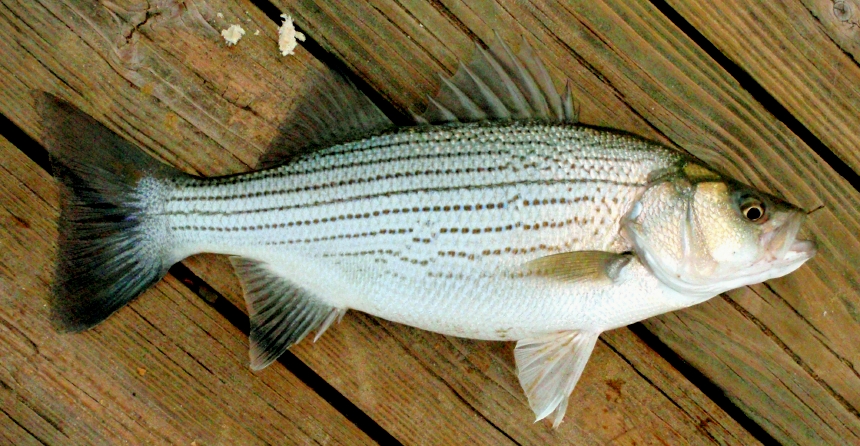

Common names for Bass
Sunshine bass, white bass, hybrid striped bass
Other languages for Bass
- French name: Bar d’Amérique
- Italian name: Persicospigola striata
- German name: Felsenbarsch
Introduction to Bass
Following the near-collapse of wild striped bass populations, the aquaculture industry reacted by creating this hybrid. The new species was created in 1967 by crossing the anadromous wild striper (Morone saxatilus) with the freshwater white bass (M. chrysops). As a consequence, the wild striped bass’s beautiful look and edible qualities are combined with the white bass’s hardier, faster-growing characteristics. Additionally, the hybrid produces more than its wild parents. Striped bass farmed in captivity may reach 5 pounds but are typically sold at 1 to 3 pounds. More than 50 farms in the United States produce the fish in ponds, tanks, and cages, although farms in the western area account for more than half of total output. Within 24 hours after harvesting, chilling, grading, sorting, and shipping to market, hybrid striped bass may be harvested, chilled, graded, sorted, and sent to market, guaranteeing freshness and quality. Due of their high manufacturing costs, hybrid striped bass are relegated to a limited market.
Product profile for Bass
Striped bass is a mild fish with a delicate, somewhat sweet flavor that appeals to a broader audience than conventional, wild-run striped bass, which has a stronger flavor and a rougher texture. The uncooked flesh is transparent white with a reddish tint; when cooked, it becomes opaque white. It’s firm but flaky, and the oil keeps it moist while cooking. The majority of hybrid striped bass are grown in oxygenated tanks or ponds, where water quality and diet are strictly controlled to maintain uniform flavor.
Cooking tips for Bass
The whole striped bass can be filled and baked (headed and gutted). Leave the skin on the fish while grilling. It has a subtle taste and crisps up well while keeping the flesh juicy.
Nutrition facts for Bass
Calories: 97 Fat Calories: 21 Total Fat: 2.3 g Saturated Fat: 0.5 g Cholesterol: 80 mg Sodium: 69 mg Protein: 17.7 g Omega 3: 0.8 g
Primary product forms for Bass
Live Fresh: Whole, Dressed, H&G, Fillets
Global supply for Bass
United States, Iran